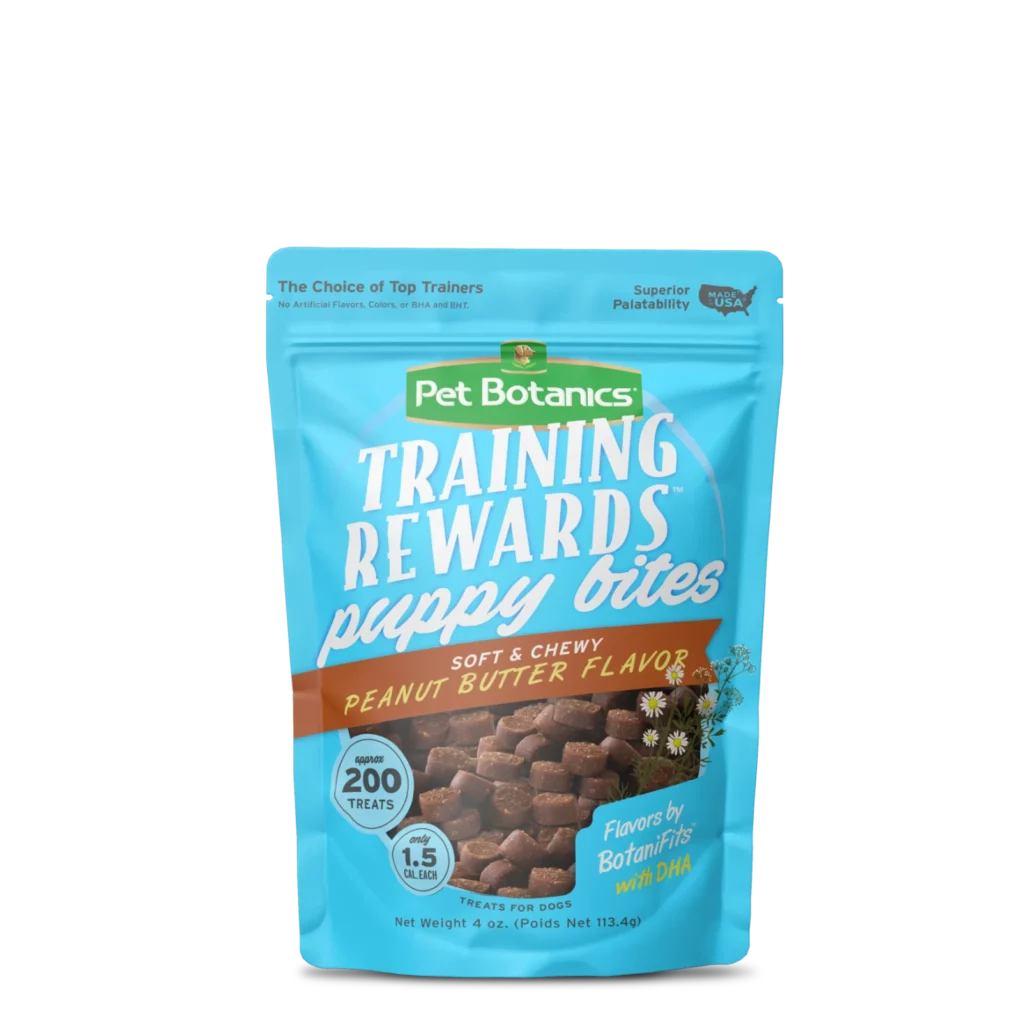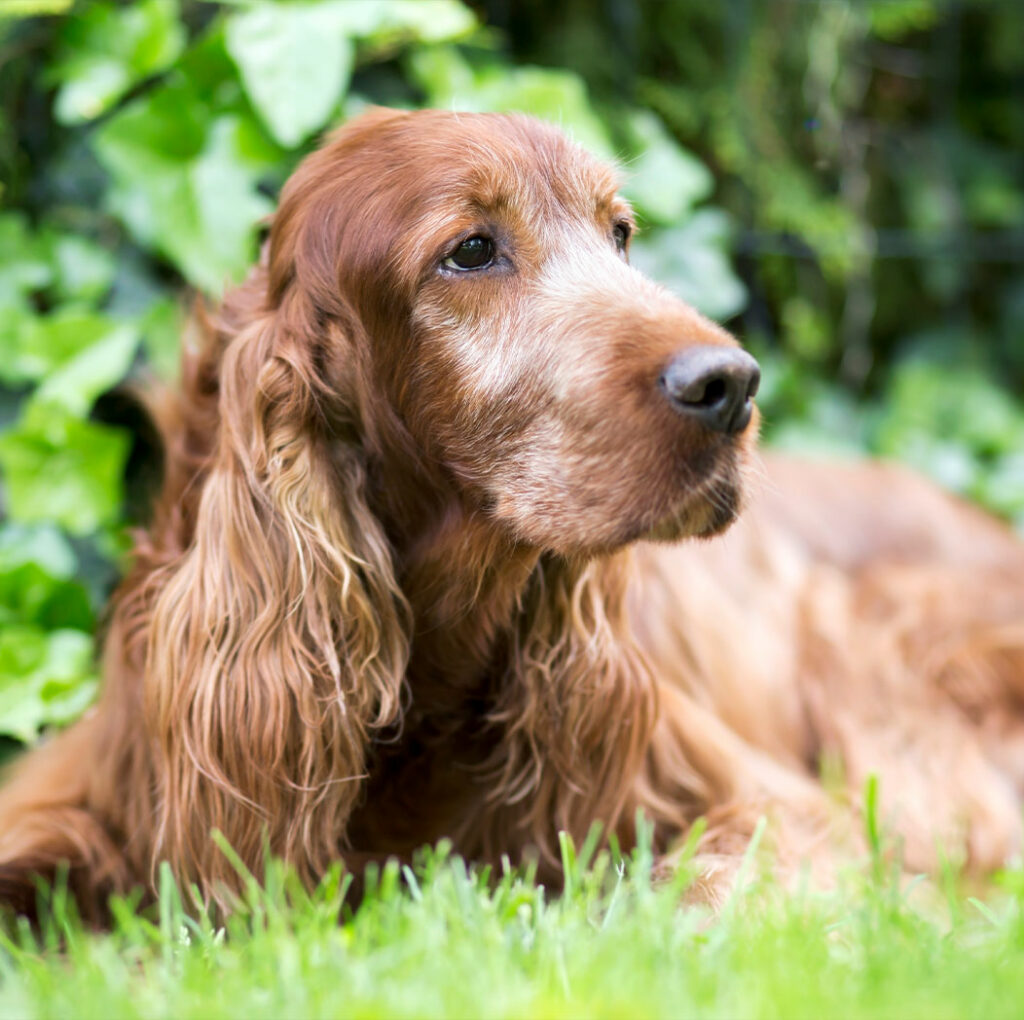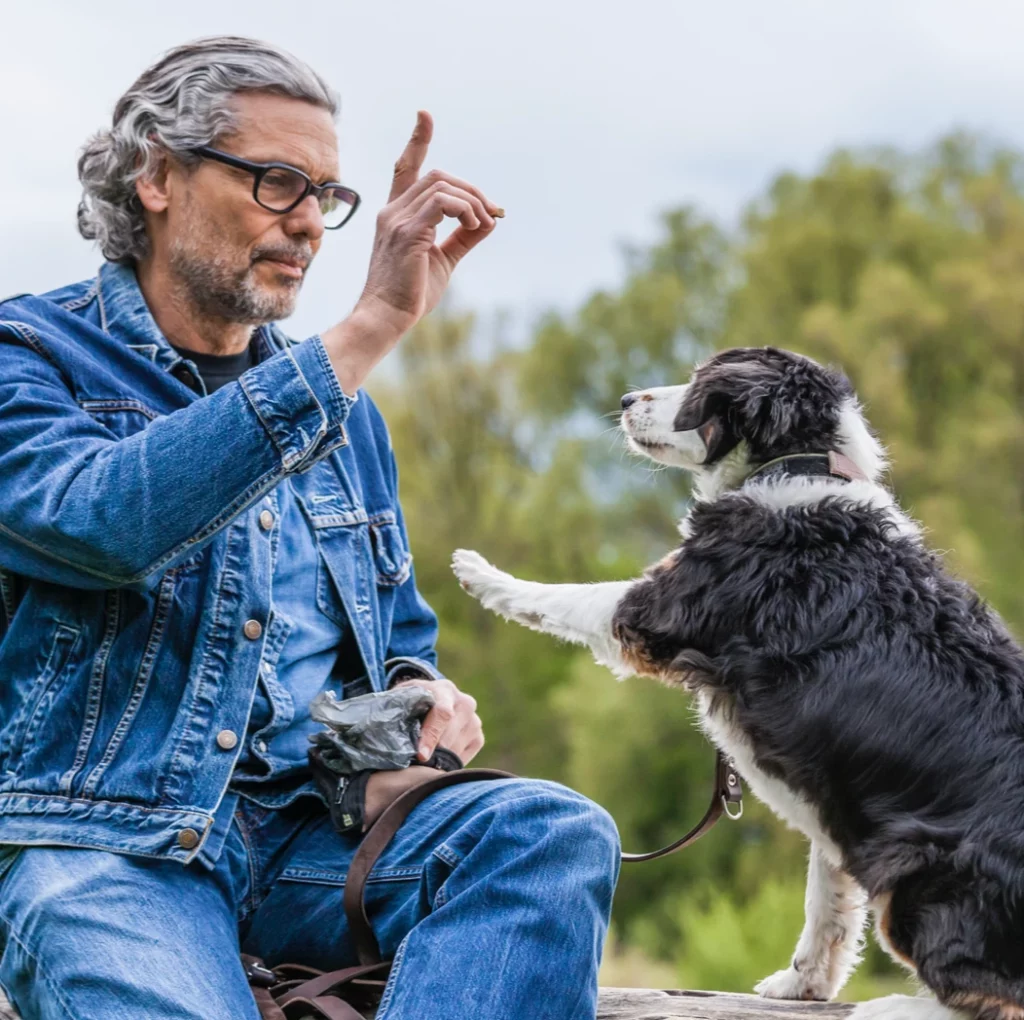Congratulations on your new puppy! Now what?
Bringing a new puppy into your life is a major cause for joy. With some luck and care, the bundle of energy, most likely chewing on your shoe or sleeping at your feet, could be with you for 12-15 years. That’s a chunk of time and a big commitment. For some of you, the new puppy might be the first dog you have as an adult; for others, this puppy might be the first you want your children to help raise or one that you picture accompanying you in your older years. The truth is that regardless of where in the cycle of life you find yourself, having a dog accompany you can be a wonderful experience. It’s also a bit of work, which can be minimized by learning and applying time-tested tips.
My name is Steve Appelbaum, and I have trained professionally for almost 40 years. My school, Animal Behavior College, has trained animal lovers to be professional dog trainers since the late 90s. Based on my experience and the feedback of thousands of professional dog trainers, here are some essential tips on what to do with that gorgeous new puppy currently peeing on your floor.
First, if you haven’t gotten your puppy, consider the age you bring them home. Dogs go through some critical developmental periods at young ages. For example, it’s best to wait to bring a puppy home until they are over 7 weeks of age. That’s because the puppy needs to learn how to interact with their mother and littermates first, as doing so positively impacts overall social skills. The best time to bring a puppy home is 7-10 weeks.
Fear imprint periods are also worth noting. There are two fear imprint periods to know about. The first occurs between 8-11 weeks of age, and the second between 6 and 14 months.


During these times, the dog is more sensitive and can be influenced by experiences. For example, loud noises, pain, discomfort, etc. If you think about it, this makes sense. After all, in the wild, dogs need to learn the kinds of things to avoid when very young. Why, at 10 weeks of age, is it a bad idea to wander into a group of larger dogs playing roughly? What happens if I walk into that cold puddle of water? When older and far more independent, they need to learn the dangers that exist in the broader sphere of their wanderings. What animals are dangerous to hunt? What happens if I touch my nose to that burning log or breathe in the smoke from that fire? I am 11 months old and invincible! What happens if I jump from that high rock? All of this is relevant for a pet parent to understand so you can avoid subjecting your dog to things that might be traumatic and developmentally harmful.
Anyway, a great deal of information is available about developmental periods in dogs for those of you who are fascinated by this topic.
By the way, many people want to bring puppies older than 7-10 weeks home. Still, others might not know the exact age of their dogs because they wish to rescue them. Please don’t let this deter you from bringing home your desired dog. Just understand that the older the dog is when you bring them into your life, the less you can influence them during critical developmental junctures.
For those interested, the last two dogs I brought into my life were five and ten years of age. My point is that it’s never too late to give a pooch a forever home. I also went into this with my eyes wide open. Our 10-year-old rescue was fearful and had clearly been abused. I understood that his demons had zero to do with our interaction and everything to do with his lifetime of previous experiences. Could I have prevented much, if not all, of that by getting him as a puppy? Yes. However, he stole my heart, and thus we adopted a senior. Anyway, I digress. This blog is about tips for new puppies, so here are key ones that stand out.
Training starts the minute you bring them home.
People tend to think of training as the formal process of teaching their dog a command (AKA cue). In fact, from the first time you interact with your dog, they start to learn from and about you.
Let’s take an example. You put the dog on the floor of your living room, and she starts to explore. So far, so good. The exploration quickly leads to a sock you left on the floor, which she promptly starts to chew.

You react by gently telling the dog, “Stop, stop, stop.” She briefly looks up at you and then goes back to chewing. You then ask her to stop again and try calling her to you so you can take the sock away. She ignores this, at which point you walk over and take the item from her. What did all this teach her? First, you taught her that “stop, stop, stop” doesn’t mean much, nor does the word come. That’s counterproductive since you eventually would like her to respond to these cues the first time you ask. Then you walked over to her and connected your approach to taking away something she was interested in. Of course, this wasn’t your intention, but it’s what you taught. Not to worry unless you repeat this scenario 500 times, which many people do over the next 3-6 months.
How do you avoid teaching things you don’t want?
Lots of ways.
First, think of a puppy the way you would a toddler. This means try not to leave a bunch of things on the floor when the puppy is there. No, you can’t remove everything, but if you cast a keen parental eye on your environment, you will likely find numerous things to put out of reach ahead of time. Socks, shoes, loose wires, the remote, your phone. Why did you leave your phone on the ground? Never mind. The last puppy I had somehow grabbed my key fob and amazingly brought the car and house keys into the backyard. It took me a week to find them, and luckily, I had spares. Anyway, please puppy-proof the house.
Next, ensure that when you have the dog out (more on this in a bit), she has plenty of toys to play with and chew. What are the best toys for her? Lots of options, but Kong toys, soft but durable nylon bones, are good. Something she can play with and chew that she won’t consume and she can identify as hers.
It’s normal to want to take something away and say no. It’s better to distract the dog by giving her something else. Usually. Sometimes, you will need to take things away, and if that occurs, just do it and provide her with something else instead.
Crates are good. Use them properly.
A crate or exercise pen is an excellent tool for a puppy. I like exercise or ex-pens because they can be made bigger as the dog grows and, in some ways, are a bit more versatile than crates. The downside is that some larger puppies can escape from them or knock them over, and you can’t use a pen if you need to transport the dog somewhere and they aren’t ready for a leash or seatbelt.
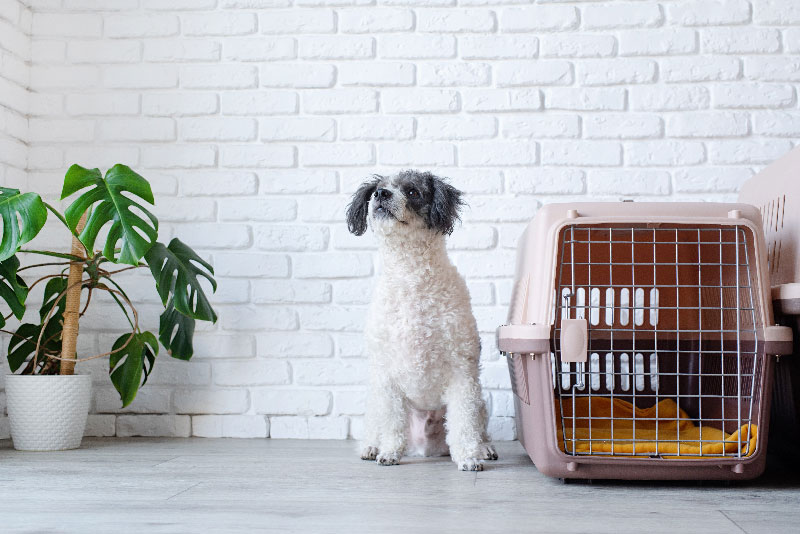
A Plastic Crate or Carrier
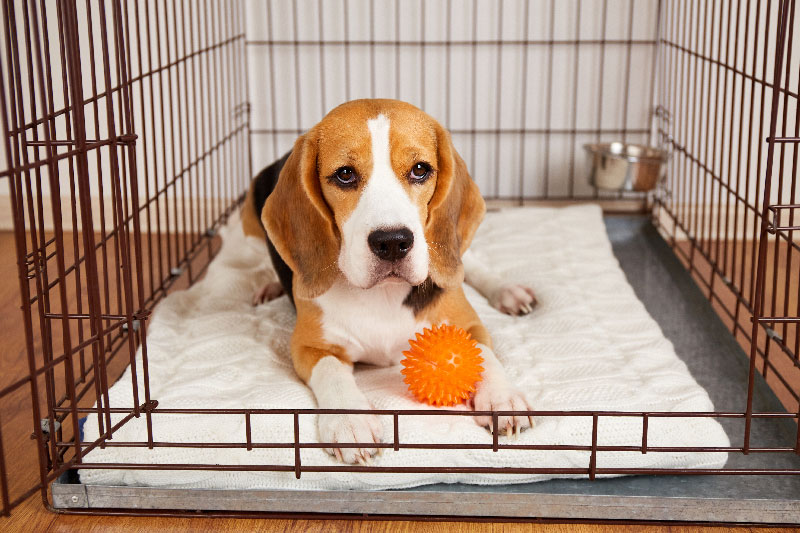
A Wire Crate
From now on, I will use the term crate to refer to crate and ex-pen. The crate is helpful because it allows you to give the dog a safe space where she can’t get into things and trouble. This safe space is the perfect location to offer her proper chew toys, thus making a habit of chewing and playing with them stronger and it less likely she will make a beeline for your shoes when not in the crate. Scratch that last line. She will make a beeline for the shoes, so pick them up before you let her out.
Crates are also handy for house training. Most dogs don’t like to eliminate where they have to lay. That’s helpful because you can prevent the dog from going to the bathroom until you can take them outside. Then you can praise and reinforce the acceptable behavior of going out, making it stronger and, over time, become the norm. Praise and reward bring me to another tip.
If you want a behavior to become stronger, reward it.
I cannot over stress how important this is. Behaviors that are associated positively tend to be repeated. The more you reward and praise the behavior you want, the more frequently that behavior will occur. Although attitudes have changed quite a bit over the last 40 years, and training methods have become more positive, it’s still a pretty standard default on the part of many pet parents to focus more on what they don’t want the dog to do, then on strengthening alternative behaviors they want.
Let’s take potty training as an example.
Most potty training is about positively rewarding your dog for going to the bathroom in the right place. Why? Because a behavior becomes stronger and occurs more frequently when rewarded. So, the majority of potty-training programs revolve around; taking the dog out at scheduled and frequent intervals, feeding at set times, and using the crate to prevent “accidents” in the house until you are ready to get the dog out. All of this is designed to increase the number of times you can successfully get the dog to eliminate in the correct place and reward the behavior. Yet, if I had a dollar for every person who, after hearing this and being given an entire house training program, turned around and asked me, “What do I do if she pees in the house,” I would be, actually, with inflation these days, let’s up this to $1000 for every time I heard that. Now we are talking about private island money.
All joking aside, the point is accentuating the positive.
Now, some of you wonder if I will answer the question, I claim so many people ask. I am tempted to say no, but since I am kind, the answer is; immediately take the dog outside to the proper spot and if she eliminates there, praise her.
Then redouble your efforts to get the dog out more frequently and follow your trainer’s instructions.
The key takeaway here is, it’s not about saying no, to the behavior you don’t like as praising/rewarding the behavior you do.
Next, let’s cover rewards.
When it comes to rewards, it’s important to consider what your dog enjoys, not what you prefer (unless you’re the one being rewarded). The reward should be something that your dog likes. Most dogs learn to like petting and verbal praise, and almost all dogs respond positively to food treats. Some love play and toys. If you use treats, and I have for decades, use products that you can easily hide and have minimal odor. Pet Botanics Puppy Bites are outstanding for training because they are small, easy to consume and dogs love them.
Help your pup focus on their behavior by using hidden treats that can be quickly eaten in 1-3 seconds. This way, the treat becomes a quick and delightful reward that helps them concentrate better without being distracted by the treat in your hand.
You can combine treats, toys and petting, and praise. The more the dog likes the reward and connects that reward to a behavior, the greater the likelihood the dog will repeat the behavior.
I adore talking about training and behavior, so even after 40 years, I still love how much good a little understanding can bring into the lives of pets and those who love them.
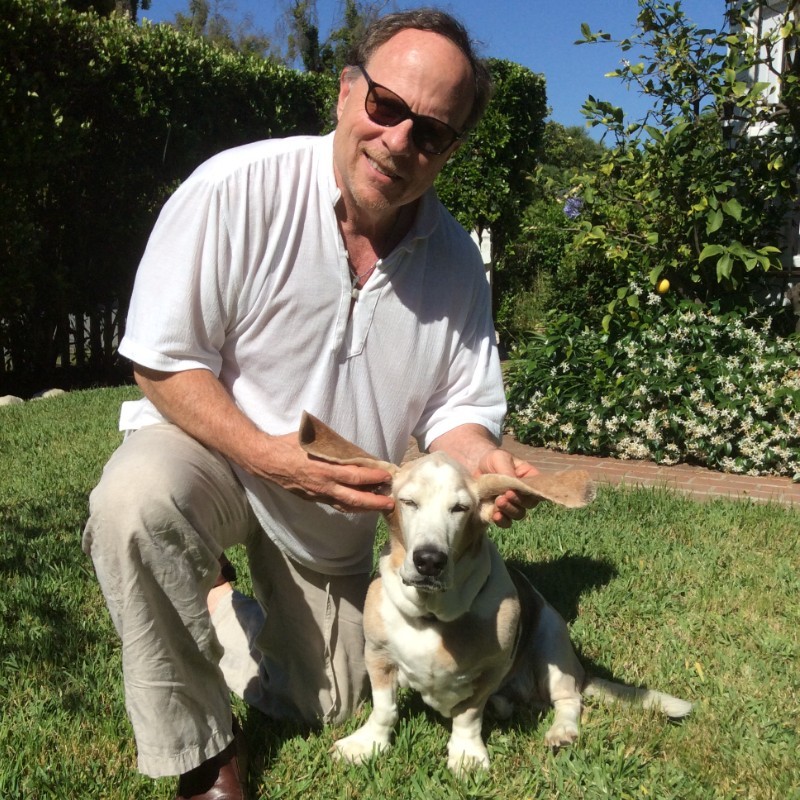
Steven Appelbaum is the President of Animal Behavior College, the largest school for dog trainers in North America.
He has trained dogs professionally for 40 years. Appelbaum is a lecturer and author. He and his wife live in Southern California with their Basset Hound Roy.
- Steve can be reached at Alphadawg@dawgbiz.net
- Check out Animal Behavior College at www.animalbehaviorcollege.com
